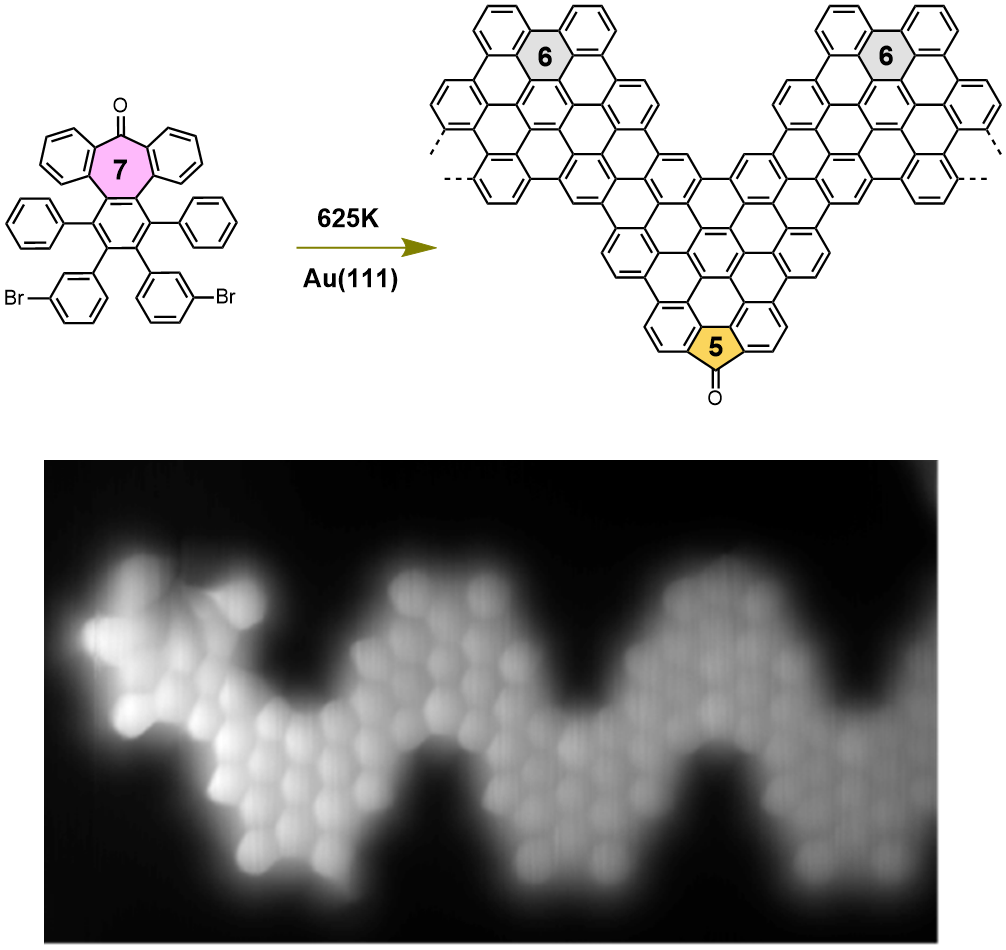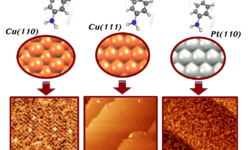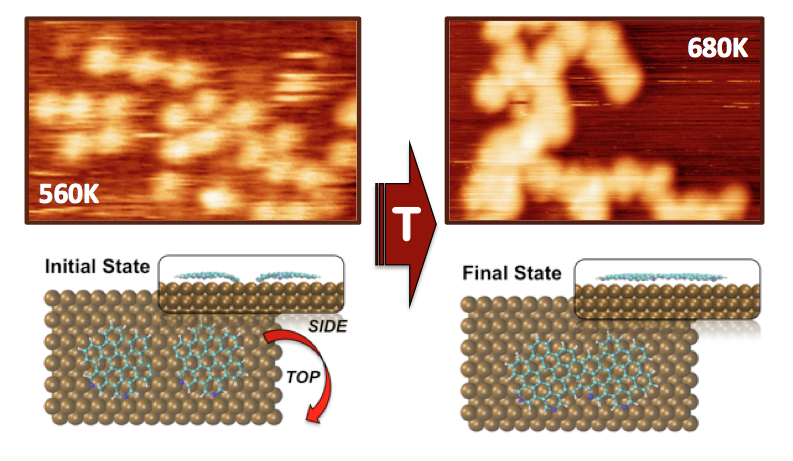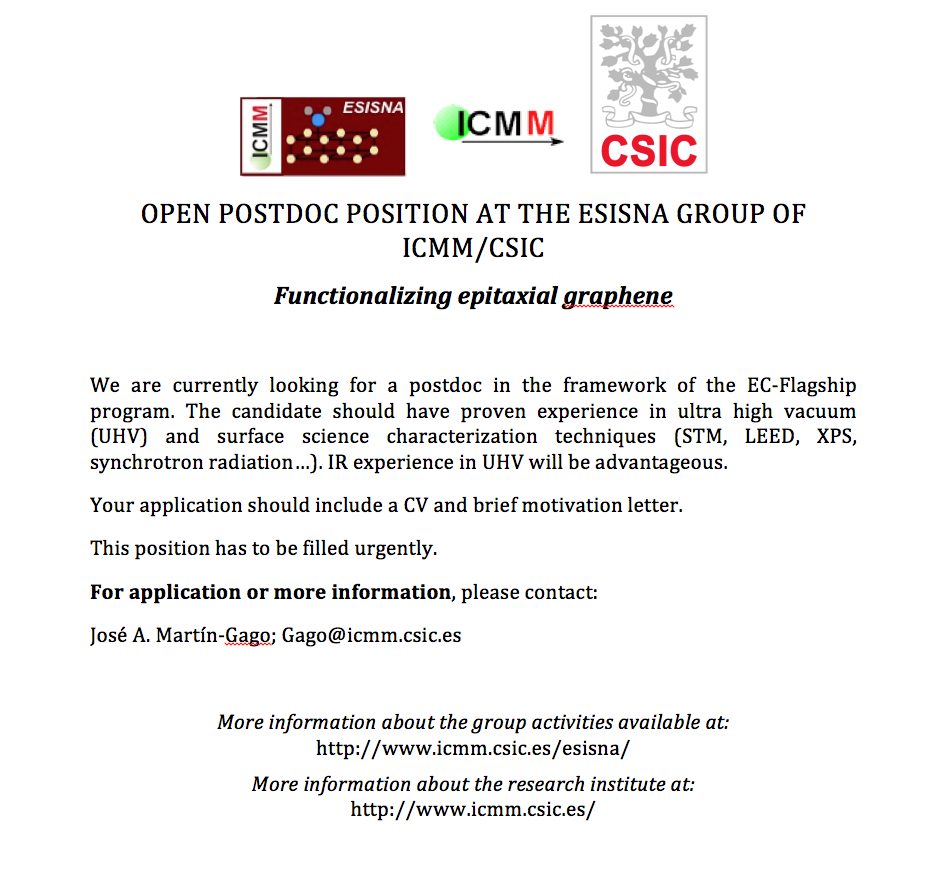Why individual heptagonal rings are not stable on surfaces?

Graphene nanoribbons, GNRs, – narrow stripes of graphene – are predicted to exhibit attractive electronic properties for the fabrication of nanoscale electronic devices. This 1D material shows semiconducting properties that can be tuned by modifying its length, width, or topology border; but also, with the presence of defects in form…









